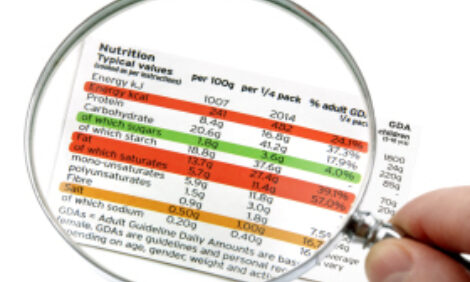



Renewables Offer Profitable Diversification
ANALYSIS - Diversification into renewables can bring good investment returns for farmers providing a steady and predictable income, writes Chris Harris.The income is not related to volatile food prices and can be traced forward for between 20 and 25 years Steve Edmunds, director of Mole Valley Renewables told the Energy Now conference in Telford.
Renewables give another revenue string and help farmers to branch out with a diverse income source. They also help to act as a buffer against fluctuating energy prices.
This he said will help to keep the farm business in business in trying times.
"Farm incomes go up and down and at the present they are trending up but cash flows are pretty dire," Mr Edmunds said.
He said that the market in the UK is being driven by the requirements from the UK government to meet climate change objectives of 15 per cent of all energy to be renewable by 2020.
Already about a third of the farms in the UK have some form of renewable technology and according to Mr Edmunds renewable energy offers the biggest revolution in farming for the last 30 to 40 years.
He said there is enough land and space to grow crops for renewables and it will present the farmer with an excellent investment opportunity.
The Mole Valley Farmers' renewable energy initiative has helped bring five megawatts of solar energy onto the grid in its first year, enough electricity to power 1,000 homes.
The company has combined with approved companies to install 23,000 photovoltaic (PV) panels at 308 farm sites across the region, measuring 5 megawatts (MW) in total.
The projects will generate around £1.6 million of feed-in-tariff in total per year, index linked for 25 years, for members who have completed projects with Mole Valley Renewables (MVR).
An investment of £69,000 in 2009 had generated an income of £9,000 a year.
The demonstration site at the Mole Valley Farmers project also has a small wind farm and a biomass system and the company is planning an anaerobic digestion system.
Mr Edmunds said that the project has an "orchard concept" that combines renewable energy installations on fields that also have pasture for grazing animals.
"Instead of apples, you get electricity," Mr Edmunds said.
"It is low impact on the countryside and the dual use means that you do not have sterile ground.
Mr Edmunds added that when farmers are considering installing a renewable energy system apart from the cost and planning constraints, the amount of labour that has to be put into maintaining and running the system also have to be taken into consideration.
He said that a photovoltaic solar system has little work involved whereas a log boiler has a lot labour to maintain and run it.
"Choosing the product and design carefully can increase yield and over 20 years can give extra income," Mr Edmunds said.
Farm renewables create an income and can turn potential bills from the use of fuel such as oil into an income. They can also be installed without increasing the workload on the farm and without competing with food supply.









